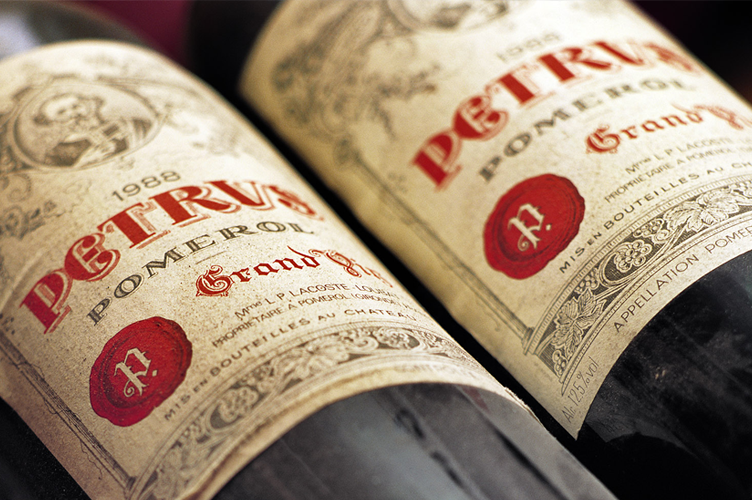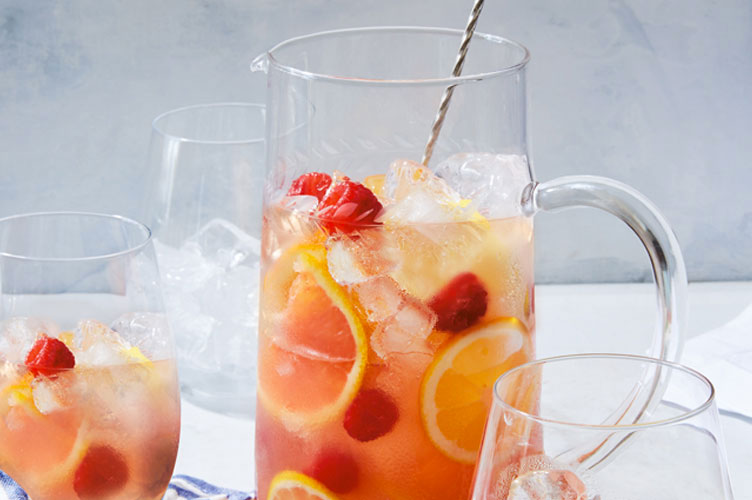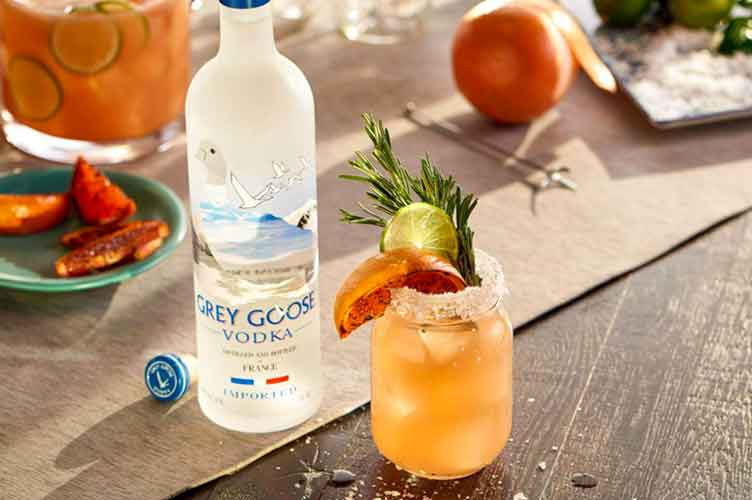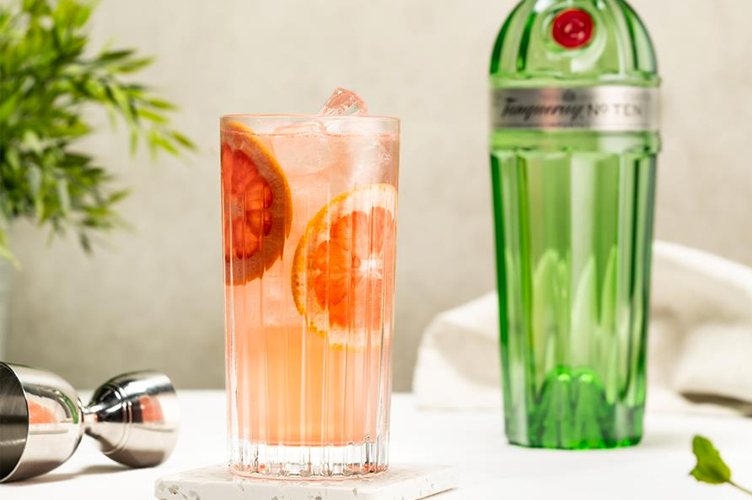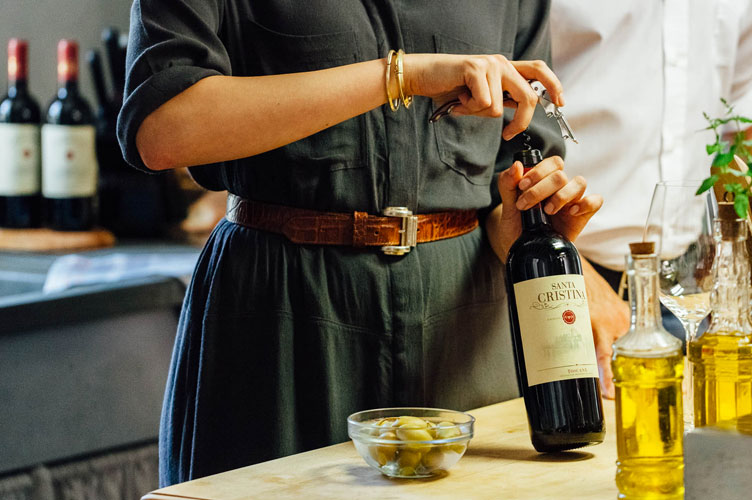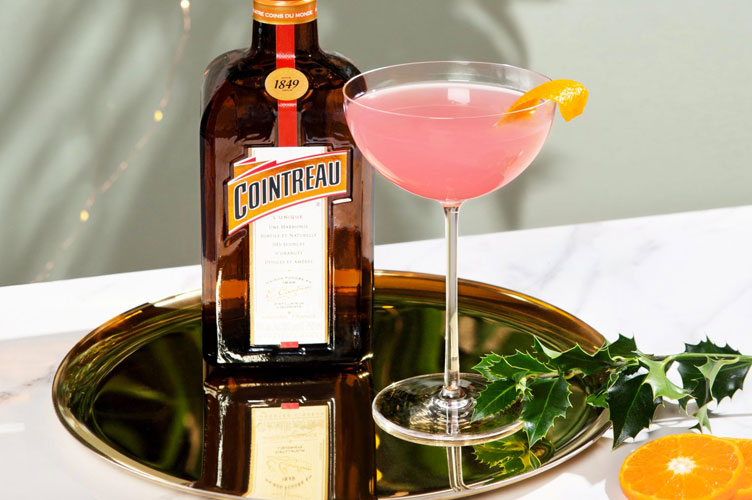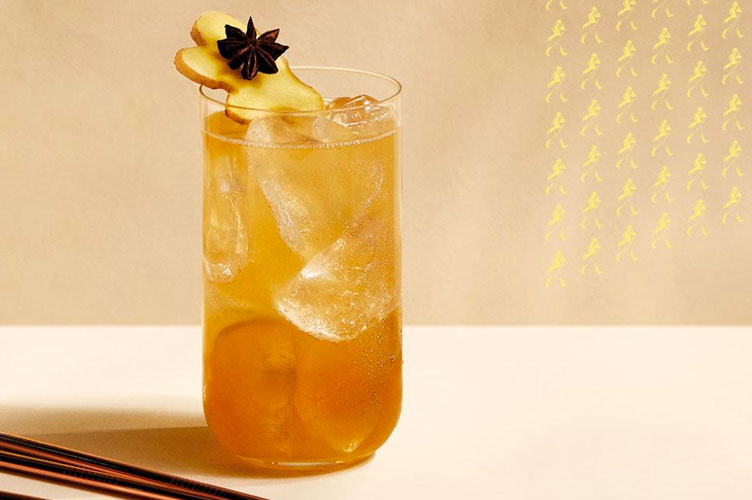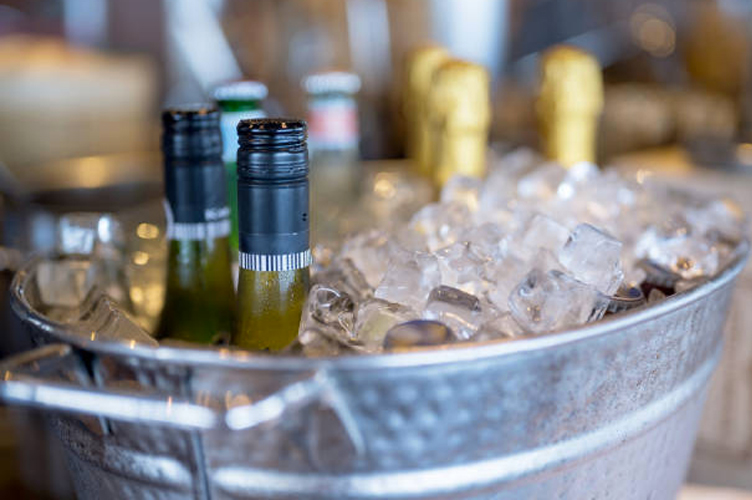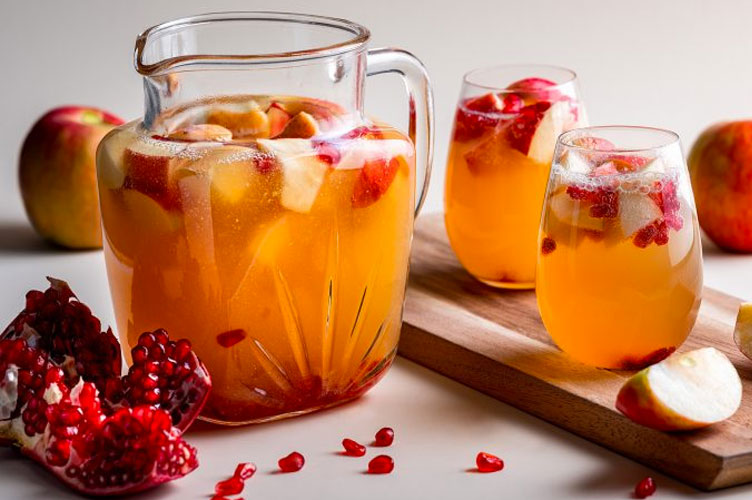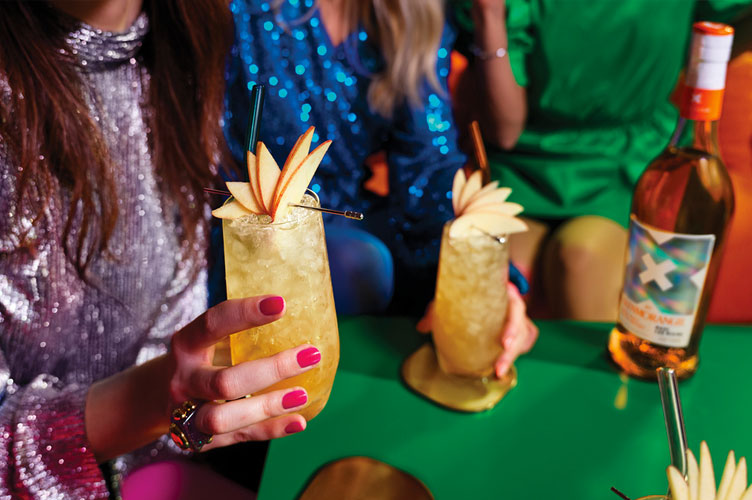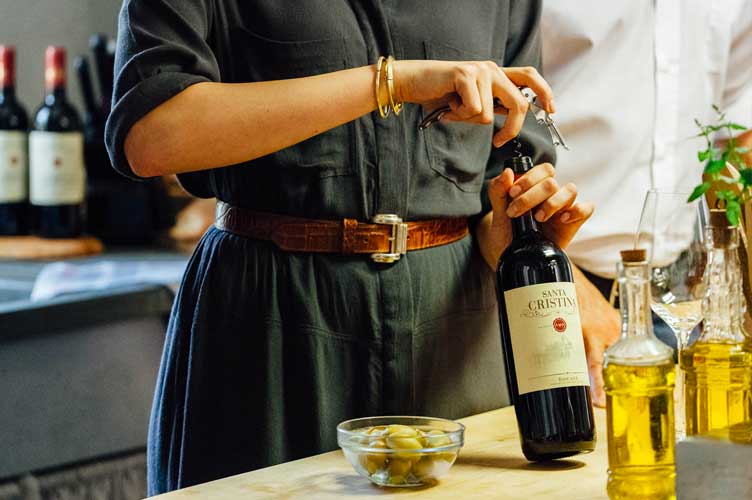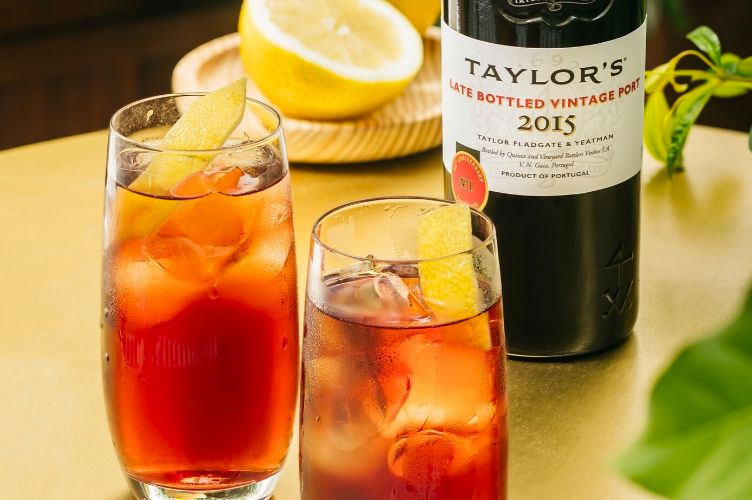Our Blog
Tips to Start Your Wine Collection
Though you know you should organize that pile of bottles sitting in your home, it can be overwhelming when you don’t know where to start.
Thankfully, we have three expert tips to ensure your collection is arranged logically. This way, you can find the bottle or flavor profile you are searching for any time, anywhere, no matter if you are a novice or master wine collector.
Tip 1: Start an inventory If you have less than 20 bottles of wine, you likely can skip straight to tip number two. If you find yourself garnering quite an extensive collection of wine; however, you will probably want to begin taking an inventory. Keeping an inventory is a great way to ensure you aren’t buying too much of a particular varietal you didn’t intend to purely because you forgot you had it already.
We suggest setting aside the time to get out all of your wine bottles and line them up on your table. Start making a list of the details of every bottle: The name of the wine Which vineyard it came from The type of wine The vintage Depending on how often you drink or serve your wine, you will likely want to do an inventory check every two weeks to two months. There are multiple ways to keep your inventory straight. You can choose to write the details down with pen and paper, just be extra careful not to lose them.
Tip 2: Label, Label, Label Once you have all of your wine details noted and bottles on the table, get to work creating a labeling system. Wine experts advise storing wine on its side, as it keeps the cork in contact with the wine to help keep that airtight seal in place. One of the most popular labeling systems to implement for your at-home wine collection is to purchase bottle tags. These can hang from the neck of your bottle and provide better visibility to the wine details. The same information you noted down during your inventory will be included on your tags.
Tip 3: Drink-By Date For those wine connoisseurs who have a significantly growing collection of aging wines, including an organizational system of drink-by-date could be beneficial. Consider placing the wines that need to be consumed in the next year or two closer to the front of your collection. Or, if you like how you have it sorted, you could choose to denote these wines with a specific symbol on the wine bottle tag.
Every time you see a star, you recognize that the bottle needs to be finished by the end of the year. Consuming bottles at their peak will ensure you are getting the very best out of your collection and drinking wines when their full flavor profile can be enjoyed.
For those wines that will age better with time, push them towards the back of your storage space so that they will be out of sight to family members or guests that may want to steal a sip. We also recommend investing in a Coravin System to help you know exactly when the wine is ready to be enjoyed or to taste the subtle differences in the wine over time.
You can shop Coravin Systems here. There are so many unique and helpful ways to organize your wine collection; it would be too many to list here. These are the top three ways we see at-home wine collectors making the most of their systems. Remember, the more organized you can be, the easier you can enjoy your wine.
Happy sipping!
Source: Coravin
Rosé Sangria with Citrus & Raspberries!
Traditionally made with red or white wine, this Spanish staple is updated with rosé wine, fresh grapefruit juice and fresh raspberries. To mix things up, you can try any of your favorite fruits. Sliced stone fruits and fresh blackberries also pair particularly well with rosé.
Rosé Sangria with Citrus and Raspberries
Ingredients
- 1 bottle (750 ml) rosé wine
- 1 cup (8 fl. oz./250 ml) fresh grapefruit juice
- 1/2 cup (4 fl. oz./125 ml) fresh orange juice
- 3 oz. (90 ml) brandy
- 3 oz. (90 ml) orange liqueur syrup
- 2 oz. (60 ml) simple syrup
- 1 small lemon, cut into 1/2-inch (6-mm) slices
- 1 orange, cut into 1/2-inch (6-mm) slices
- 4 cups (1 lb./500 g) raspberries
- 3/4 cup (6 fl. oz./180 ml) soda water
- ice cubes
Directions
1. In a large pitcher, combine the wine, grapefruit juice, orange juice, orange liqueur, brandy, and simple syrup and stir until blended. Stir in the lemon and orange slices and the raspberries. Refrigerate for at least 1 hour or up to 8 hours.
2. Pour the soda water into the sangria and stir to combine. Pour the sangria into ice-filled wine glasses. Serves 8.
#SipTip: The longer you let your sangria “marinate” in the fridge, the more fruity flavor your sangria will have when you do serve it.
Source: Williams Sonoma Taste
Grey Goose Spiked Ice Tea
How about having an iced tea with an extra kick? Forget woeful Long Islands and upgrade to this delicious and balanced Grey Goose version which includes a fruity twist of apricot brandy.
— 30ml Grey Goose Original
— 20ml apricot brandy
— 20ml lemon juice
— 90ml cold tea
— 10ml sugar syrup
Just like the boozeless option above, prep the tea overnight and brew with cold water to avoid any bitter tannin taste. Build the cocktail over ice in a highball, give a gentle stir to mix ingredients and garnish with a lemon wedge. Easy peasy!
Vibrant Bitters Tanqueray No. TEN Grapefruit Collins
Kickstart cocktail hour with this elevated take on the classic Tom Collins.
Gin lovers will enjoy this refreshing sip. This cocktail's fresh grapefruit notes pair effortlessly with the citrusy Tanqueray No. TEN.
This cocktail is simply built in its glass but the secret is using fresh juice.
To make simple syrup, mix equal parts sugar and hot water and stir until dissolved. Allow cooling before using and store in the fridge.
INGREDIENTS
30 ml Tanqueray No. TEN
35 ml Pink grapefruit juice
15 ml Campari
15 ml Simple syrup
100 ml soda water
METHOD
1. Take grapefruit, cut it in half, and juice one side of it.
2. Add 35ml of grapefruit juice to your highball glass, followed by Campari and simple syrup. Finally, add Tanqueray No. TEN.
3. Fill your glass with as much ice as it will fit, and top with chilled soda water.
4. Give it a gentle stir to combine and use the rest of the grapefruit to slice a beautiful garnish.
This recipe is presented by Tanqueray. Enjoy responsibly.


